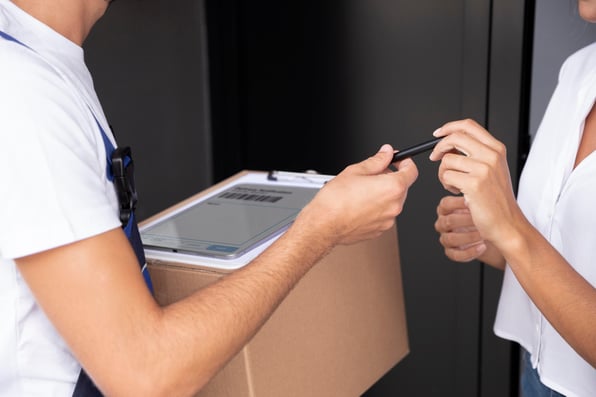
What is the best method to implement CMMS
Ciprian Chiripuci

If you're considering implementing a Computerized Maintenance Management System (CMMS) in your business, you might be wondering what the best method is for doing so. There is no one-size-fits-all approach to implementing a CMMS, as every business has unique needs and challenges. However, there are some best practices you can follow to ensure a successful implementation. In this blog post, we'll discuss the best method for implementing CMMS in your business.
Step 1: Define your goals and requirements
First step in implementing CMMS is to define your goals and requirements. This involves identifying what you hope to achieve by implementing a CMMS and what features and functionality you need to achieve those goals. For example, you might want to improve your maintenance efficiency, reduce downtime and increase equipment lifespan. You will need to assess your business's unique requirements to find the right CMMS solution that can help you achieve your goals.
Step 2: Choose the right CMMS vendor
Once you have defined your goals and requirements, next step is to choose the right CMMS vendor. The vendor you choose should be able to meet your unique requirements and offer the features and functionality you need to achieve your goals. Look for a vendor that has experience working with businesses in your industry and has a proven track record of success. Read reviews and talk to other businesses that have implemented the same CMMS to get an idea of its effectiveness.
Step 3: Develop an implementation plan
Next step is to develop an implementation plan. This plan should include a timeline, milestones and a detailed breakdown of the steps involved in the implementation process. Your implementation plan should also include training for your employees on how to use the new system, as well as a plan for data migration and integration with existing systems. It's important to involve key stakeholders in the implementation process to ensure that everyone is on the same page and that the implementation is successful.
Step 4: Configure CMMS to meet your needs
Once you have chosen a CMMS vendor and developed an implementation plan, the next step is to configure the system to meet your unique needs. This involves setting up your CMMS to reflect your business's equipment, assets and maintenance procedures. It's important to ensure that the system is customized to meet your specific needs, as this will make it easier for your employees to use the system and will ensure that it delivers maximum value to your business.
Step 5: Test and refine the system
Once you have configured the system, it's important to test it thoroughly before rolling it out to your entire organization. This involves testing all of the features and functionality of the system to ensure that it meets your requirements and is easy to use. You may also need to refine the system based on feedback from your employees and other stakeholders. It's important to be flexible during this process and to make adjustments as needed to ensure that the system meets your unique needs.
Step 6: Roll out the system
Once you have tested and refined the system, final step is to roll it out to your entire organization. This involves training your employees on how to use the system and ensuring that it is integrated with all of your existing systems. It's important to communicate the benefits of the new system to your employees and to encourage their participation in the implementation process. You should also provide ongoing support and training to ensure that the system is used effectively and delivers maximum value to your business.
Implementing a CMMS can be a complex process, but by following these best practices, you can ensure a successful implementation. The key is to define your goals and requirements, choose the right vendor, develop an implementation plan, configure the system to meet your needs, test and refine the system and roll it out to your entire organization. By following these steps
Related posts
Here are some resources to help you get more out of your assets


Ciprian Chiripuci
Truck Sealing in Delivery Logistics: Definition, Benefits and Best Practices

Ciprian Chiripuci
Mastering that Last Mile
READY TO TALK?